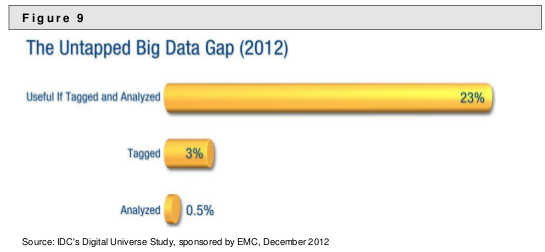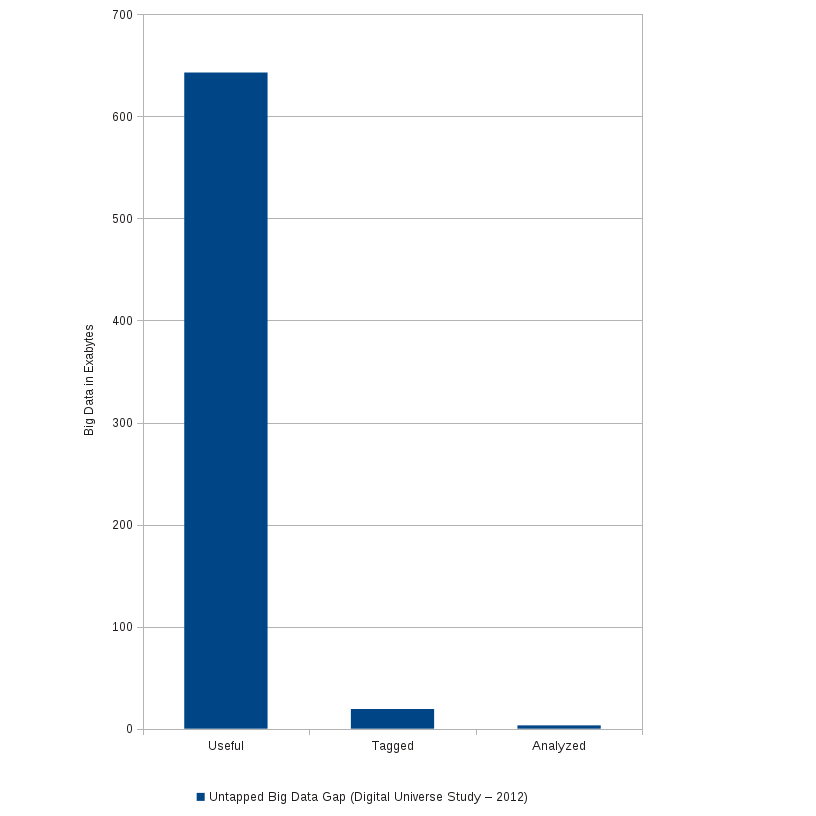AntWeb
AntWeb is generally recognized as the most advanced biodiversity information system at species level dedicated to ants. Altogether, its acceptance by the ant research community, the number of participating remote curators that maintain the site, number of pictures, simplicity of web interface, and completeness of species, make AntWeb the premier reference for dissemination of data, information, and knowledge on ants. AntWeb is serving information on tens of thousands of ant species through the EOL.
Avibase
Avibase is an extensive database information system about all birds of the world, containing over 6 million records about 10,000 species and 22,000 subspecies of birds, including distribution information, taxonomy, synonyms in several languages and more. This site is managed by Denis Lepage and hosted by Bird Studies Canada, the Canadian copartner of Birdlife International. Avibase has been a work in progress since 1992 and it is offered as a free service to the bird-watching and scientific community. In addition to links, Avibase helped us install Gill, F & D Donsker (Eds). 2012. IOC World Bird Names (v 3.1). Available at http://www.worldbirdnames.org as of 2 May 2012. More bird classifications are likely to follow
CoL
The Catalogue of Life Partnership (CoLP) is an informal partnership dedicated to creating an index of the world’s organisms, called the Catalogue of Life (CoL). The CoL provides different forms of access to an integrated, quality, maintained, comprehensive consensus species checklist and taxonomic hierarchy, presently covering more than one million species, and intended to cover all know species in the near future. The Annual Checklist EOL uses contains substantial contributions of taxonomic expertise from more than fifty organizations around the world, integrated into a single work by the ongoing work of the CoLP partners.
FishBase
FishBase is a global information system with all you ever wanted to know about fishes. FishBase is a relational database with information to cater to different professionals such as research scientists, fisheries managers, zoologists and many more. The FishBase Website contains data on practically every fish species known to science. The project was developed at the WorldFish Center in collaboration with the Food and Agriculture Organization of the United Nations and many other partners, and with support from the European Commission. FishBase is serving information on more than 30,000 fish species through EOL.
Index Fungorum
The Index Fungorum, the global fungal nomenclator coordinated and supported by the Index Fungorum Partnership (CABI, CBS, Landcare Research-NZ), contains names of fungi (including yeasts, lichens, chromistan fungal analogues, protozoan fungal analogues and fossil forms) at all ranks.
ITIS
The Integrated Taxonomic Information System (ITIS) is a partnership of federal agencies and other organizations from the United States, Canada, and Mexico, with data stewards and experts from around the world (see http://www.itis.gov). The ITIS database is an automated reference of scientific and common names of biota of interest to North America . It contains more than 600,000 scientific and common names in all kingdoms, and is accessible via the World Wide Web in English, French, Spanish, and Portuguese (http://itis.gbif.net). ITIS is part of the US National Biological Information Infrastructure (http://www.nbii.gov).
IUCN
International Union for Conservation of Nature (IUCN) helps the world find pragmatic solutions to our most pressing environment and development challenges. IUCN supports scientific research; manages field projects all over the world; and brings governments, non-government organizations, United Nations agencies, companies and local communities together to develop and implement policy, laws and best practice. EOL partnered with the IUCN to indicate status of each species according to the Red List of Threatened Species.
Metalmark Moths of the World
Metalmark moths (Lepidoptera: Choreutidae) are a poorly known, mostly tropical family of microlepidopterans. The Metalmark Moths of the World LifeDesk provides species pages and an updated classification for the group.
NCBI
As a U.S. national resource for molecular biology information, NCBI’s mission is to develop new information technologies to aid in the understanding of fundamental molecular and genetic processes that control health and disease. The NCBI taxonomy database contains the names of all organisms that are represented in the genetic databases with at least one nucleotide or protein sequence.
The Paleobiology Database
The Paleobiology Database is a public resource for the global scientific community. It has been organized and operated by a multi-disciplinary, multi-institutional, international group of paleobiological researchers. Its purpose is to provide global, collection-based occurrence and taxonomic data for marine and terrestrial animals and plants of any geological age, as well as web-based software for statistical analysis of the data. The project’s wider, long-term goal is to encourage collaborative efforts to answer large-scale paleobiological questions by developing a useful database infrastructure and bringing together large data sets.
The Reptile Database
This database provides information on the classification of all living reptiles by listing all species and their pertinent higher taxa. The database therefore covers all living snakes, lizards, turtles, amphisbaenians, tuataras, and crocodiles. It is a source of taxonomic data, thus providing primarily (scientific) names, synonyms, distributions and related data. The database is currently supported by the Systematics working group of the German Herpetological Society (DGHT)
WoRMS
The aim of a World Register of Marine Species (WoRMS) is to provide an authoritative and comprehensive list of names of marine organisms, including information on synonymy. While highest priority goes to valid names, other names in use are included so that this register can serve as a guide to interpret taxonomic literature.
Those are “current” classifications, which don’t reflect historical classifications (used by our ancestors), nor future classifications.
Instead of “universal acceptance,” how does “working agreement for a specific purpose” sound?

